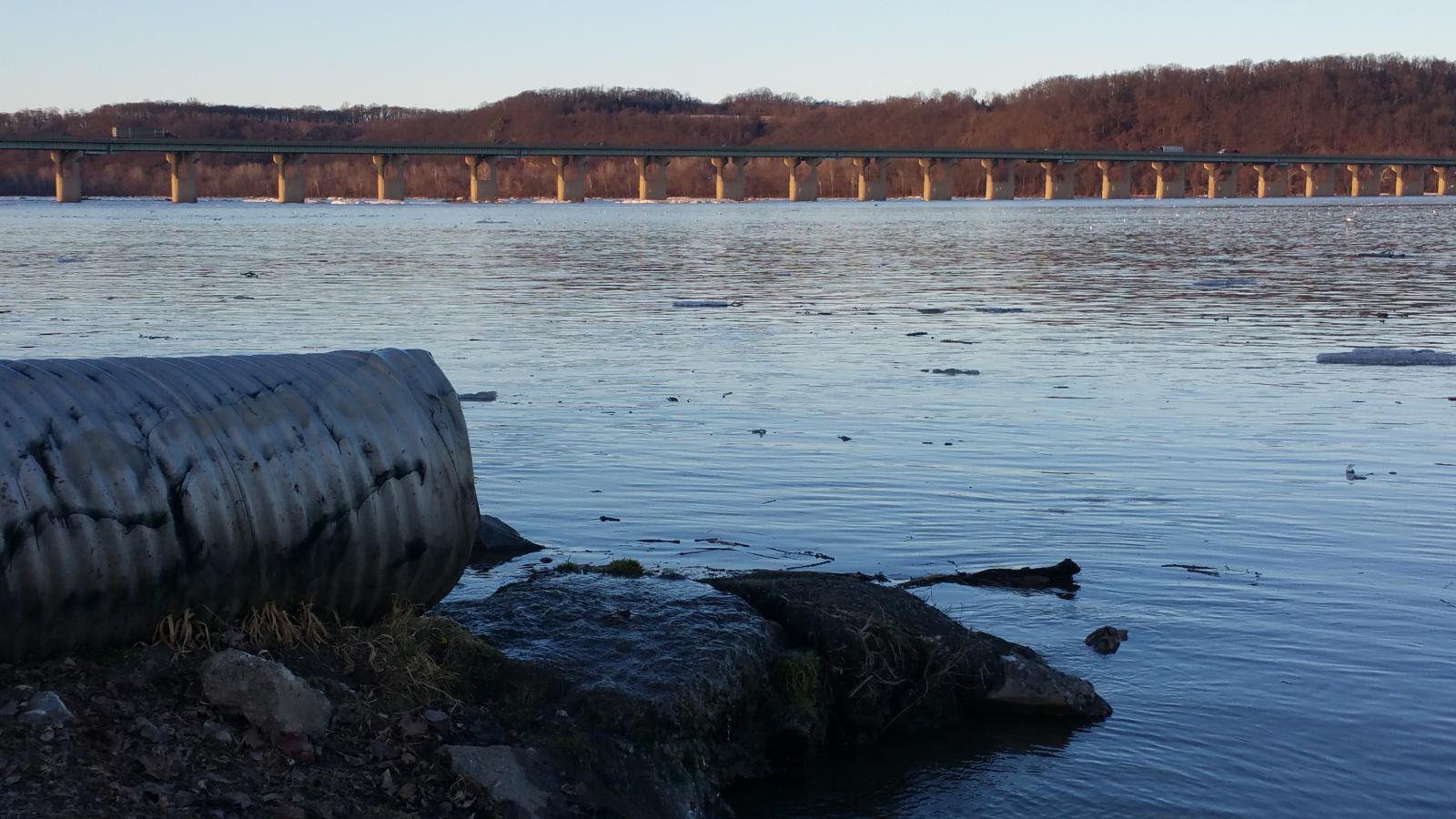As municipalities everywhere reconcile with more frequent, often damaging stormwater associated with climate change, so must they grapple with how to manage it—and how much it will cost. Now, a new tool developed by UMD’s Environmental Finance Center and several partner institutions will help local decisionmakers, planners and stormwater professionals weigh a variety of cost and benefit options—from rain gardens to stormwater harvesting—to build feasible, tailored stormwater infrastructure plans.
Developed with the help of communities across the United States and funded by the U.S. Environmental Protection Agency's (EPA) Office of Research and Development, the Community-enabled Lifecycle Analysis of Stormwater Infrastructure Costs (CLASIC) tool is an open-source, customizable tool that uses lifecycle costs to help decisionmakers navigate the variety of options in grey and green stormwater practices. Enabled with Geographical Information Systems (GIS), municipalities can upload their own community-level data sets or choose from national databases (such as census, land cover, climate databases and elevation models) to build and compare multiple stormwater infrastructure plans and simulate those plans under different climate scenarios.
Understanding the costs, benefits and shortfalls of each intervention over its useful life is critical for municipalities, says EFC Program Manager Jennifer Egan, an aspect missing from previous infrastructure planning tools.
To really understand and consider benefits like carbon sequestration or health benefits, you have to look at a longer horizon,” she says. “The study period could be 25-50 years to really see what green or grey can get you. With this tool, you can get a glimpse of that future.”
CLASIC users can select from a catalog of projects and strategies, such as permeable pavement, wet ponds, green roofs and infiltration trenches. The tool also allows users to set targets for variables like pollutant reduction, runoff reduction or cost, and prioritize economic, social and environmental co-benefits, such as building efficiency or mental health. The results provide a clear picture of the impacts of different interventions—and the associated, estimated costs—to help decisionmakers weigh future stormwater management projects.
CLASIC was developed over four years as part of a collaboration between the EFC and The Water Research Foundation, Geosyntec Consultants, One Water Solutions Institute, Water Environment Federation, Wichita State University Environmental Finance Center, Wright Water Engineers Inc. and University of Utah. It is being administered by the EPA. Learn more about CLASIC here or by contacting the Environmental Finance Center.

